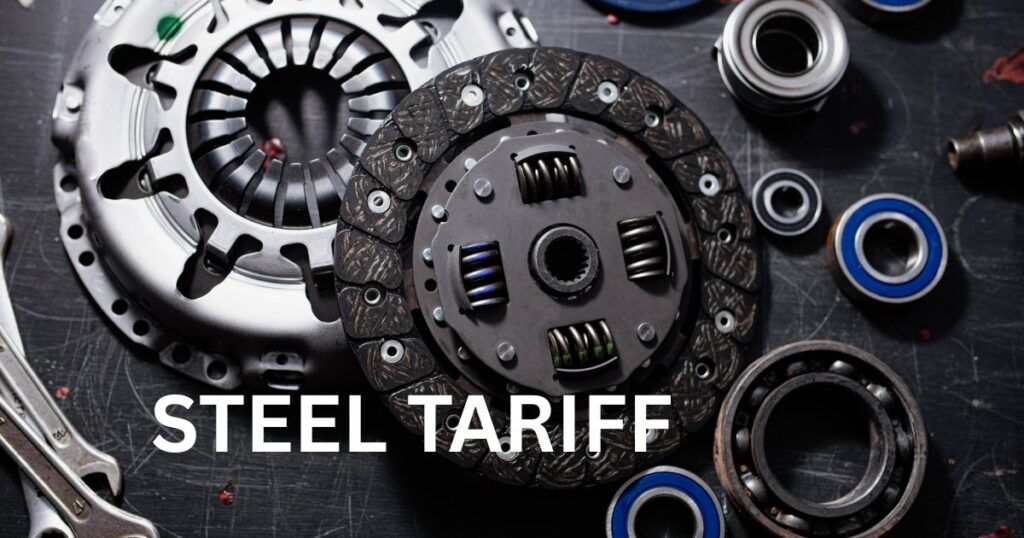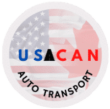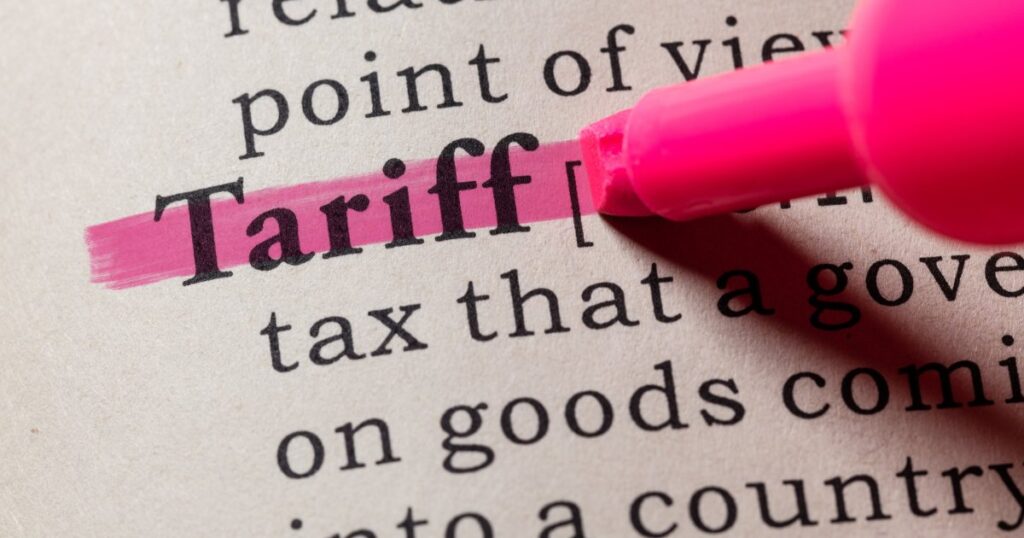Are rising steel tariffs reshaping the cost of importing vehicles across North America? With new policy changes taking effect, many businesses and consumers are starting to feel the pressure of increased transportation and production expenses tied to key materials such as steel and aluminum.
In recent years, North America has seen multiple waves of tariff implementations and adjustments, particularly targeting imported steel and aluminum. These tariffs, intended to protect domestic producers and national interests, have far-reaching consequences across the supply chain. One of the most heavily impacted sectors is the vehicle import industry, which relies significantly on steel-intensive products.
The Role of Steel in Vehicle Transport
Steel and aluminum are critical raw materials used in manufacturing vehicles and building transport trailers. When the costs of these metals surge due to tariffs, manufacturers must absorb the added expenses or pass them on to end users. Importers of foreign vehicles, especially those that depend on cross-border logistics between the U.S. and Canada, are seeing mounting costs ripple throughout their operations.
Auto carriers are particularly vulnerable, as the steel used to manufacture car haulers, chassis, and container frames becomes more expensive. As a result, the cost of maintaining, repairing, and replacing fleet equipment increases. Over time, these added expenses contribute to higher quotes for vehicle importation.
Recent Tariff Developments and the Market

In 2024 and 2025, tariff rates on certain categories of foreign steel and aluminum have increased by as much as 25%, reigniting tension between major trade partners. Canada and the U.S., though close allies, have experienced friction over these policies, with retaliatory measures occasionally affecting auto parts and finished vehicles.
The ripple effect is straightforward: higher input costs lead to more expensive manufacturing, which in turn elevates vehicle prices. Transport companies must adjust their pricing to stay profitable, leading to a direct hike in the cost of importing vehicles.
Here’s a simplified look at how these increased tariffs flow through the chain:
| Tariff Element | Impact Area | Resulting Effect |
| Steel/Aluminum Tariff Hike | Vehicle Manufacturing Costs | Higher MSRP for New Vehicles |
| Increased Equipment Prices | Carrier & Trailer Manufacturing | Elevated Operational Costs for Transport Firms |
| Cost Passed to Importers | Vehicle Import Service Fees | Higher Customer Delivery Charges |
Compounding Factors: Fuel and Labor
It’s not just the steel tariffs increasing costs. Rising fuel prices and a continued shortage of skilled drivers amplify the financial burden on vehicle transporters. With all three pressure points acting at once, companies face limited options: absorb losses or raise prices.
These compounding cost factors also make it harder for companies to maintain the same service standards. Delays, route consolidation, and longer delivery windows are becoming more common as transporters seek to remain efficient amid tighter margins.
How Importers Are Adapting
Some vehicle importers are looking for creative ways to manage expenses. These include:
- Shifting delivery schedules to off-peak periods
- Partnering with regional carriers to minimize cross-border trips
- Choosing ports or terminals with more favorable logistical access
While these strategies help in the short term, they do not fully eliminate the upward trend in import costs. For now, many businesses must accept that tariffs are part of a new normal in the North American auto trade.
What Governments Are Saying
Both Canadian and U.S. officials continue to engage in discussions around fair trade and national production security. Steel and aluminum tariffs are unlikely to disappear entirely anytime soon, as they serve broader political and economic objectives. However, special exemptions and temporary reliefs are occasionally granted to industries showing a strong impact, including the auto sector.
Unfortunately, these exemptions are not guaranteed, and many transport providers must plan their pricing strategies assuming the tariffs will stay.
Future Outlook: What to Expect in 2025 and Beyond

Looking ahead, the steel tariff landscape may remain volatile. Trade negotiations could shift depending on geopolitical developments, elections, and economic indicators. Companies involved in vehicle transport should prepare for continued adjustments.
Investing in efficient equipment, optimizing load matching through AI, and maintaining flexibility in logistics operations will be essential strategies for surviving the evolving landscape. Even minor policy changes can have outsized effects on operating costs, so remaining agile will be critical.
Conclusion
Is your business ready to navigate the rising steel tariffs affecting vehicle import costs in North America? The intersection of policy, logistics, and pricing means companies must stay informed and adaptable. Understanding how tariff hikes ripple through the vehicle supply chain can help you make more cost-effective decisions.
To stay ahead of tariff-related transport challenges, continue monitoring trade updates and consider working with experienced logistics providers who understand the regulatory environment.


